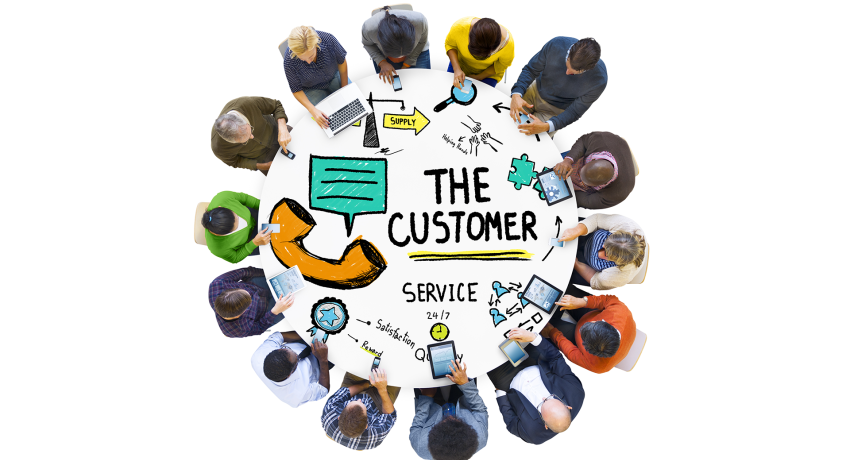
A Strategic Blueprint for Success
In B2B business development, a well-crafted brochure is more than just a piece of paper; it's a pivotal tool for engaging, informing, and converting your target audience. Let's dissect the anatomy of an effective brochure, focusing on the strategic framework and materials necessary to create an impactful piece.
1. Setting the Stage with a Story Arc
Start by infusing a story arc into your brochure. This isn't just about telling a tale; it's about establishing a narrative that resonates with your audience. The story arc helps in building credibility, as it humanizes your brand and makes complex information more digestible. Leading the reader through a journey — from identifying a problem to finding your solution — sets the stage for greater content retention and emotional connection.
How to Implement:
- Identify the universal truth: Your audience's biggest challenges.
- Ideal Solution: Describe an ideal solution with no blockers to negatively affect the outcome.
- Your Solution: Describe your solution as closely related to the ideal solution
- Typical Results: Showcase the transformation or success stories of your customers.
2. Persona and Customer Segmentation Development
To ensure your brochure's content is relevant and engaging, developing detailed personas and customer segmentation is essential. This involves understanding your audience segments' demographics, behaviors, motivations, and preferences.
How to Implement:
- Gather Data: Use market research, customer feedback, and analytics.
- Create Detailed Personas: Build comprehensive profiles for key segments.
- Tailor Content Accordingly: Customize the brochure's content to appeal to each segment.
3. Crafting Persuasive Value Propositions and Messaging
The core of your brochure should be centered around clear value propositions and targeted messaging. This is where you address the reader's pain points or aspirations directly. It's not just about listing features; it's about highlighting the transformative impact your offerings bring to customers.
How to Implement:
- List Pain Points and Aspirations: Understand and articulate what your audience seeks to solve or achieve.
- Make it about them: Make it clear how your offerings address your customers’ needs.
- Use Persuasive Language: Employ words that inspire action and underscore benefits.
4. Utilizing a Messaging Matrix for Targeted Communication
A messaging matrix is a powerful tool to ensure that your brochure communicates the right message to the right audience segment. It aligns your messaging with various customer personas, tailoring the communication to resonate with specific groups within your audience.
How to Implement:
- Develop Customer Personas: Create profiles for different segments of your target audience.
- Map Messages to Personas: Tailor your messages to align with the needs and preferences of each persona for each phase of your sales cycle.
- Test and Refine: Use feedback to refine your messaging for maximum impact.
5. Ending with a Compelling Call-to-Action (CTA)
A clear and compelling CTA is the capstone of your brochure. It guides the reader on what steps to take next, whether it's contacting your company, visiting a website, or trying a product. The CTA should be direct, easy to understand, and aligned with the objectives of your brochure.
How to Implement:
- Be Specific and Direct: Clearly state what you want the reader to do.
- Create Urgency: Use language encouraging immediate action.
- Make it Easy to Act: Provide all necessary information or links.
A well-structured brochure is a symphony of strategic storytelling, persuasive messaging, tailored communication, audience understanding, and actionable endings. By meticulously crafting each element, you can transform your brochure from a simple informational piece into a potent tool orchestrated to move your audience through the sales cycle toward a meaningful action. Remember, the success of your brochure hinges on how well it resonates with, engages, and converts your audience.

